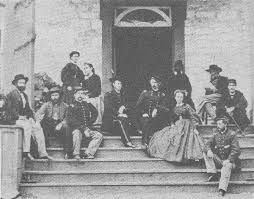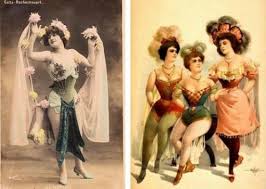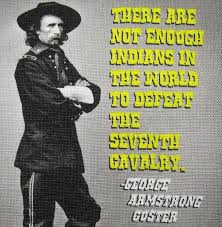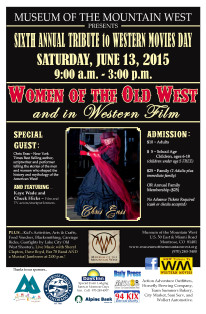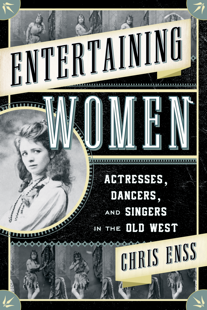Enter to win. Final week to enter to win a copy of
None Wounded, None Missing, All Dead: The Story of Elizabeth Bacon Custer.
A group of some forty officers and their wives congregated in the parlor of George and Elizabeth Custer’s home at Fort Abraham Lincoln in Dakota Territory. A fiddler entertained several men and women at one end of the tastefully decorated room. More guests paraded past a table filled with a variety of food and drinks at the other. Elizabeth remained by the door, kindly welcoming latecomers to the party, already in progress. She touched a finger to her lips, indicating that the attendees should enter quietly.
The music stopped, and a hush fell over the guests. Elizabeth’s sister-in-law Margaret Calhoun and her husband, Tom, and family friend Agnes marched into the parlor and crossed to the musicians. All three wore costumes: Maggie dressed as a Sioux Indian maiden. Agnes and Tom were dressed as Quakers. George and the others in attendance stifled a chuckle as the trio struck a dignified pose for the captive audience. They were acting out a scene from a current event in the region. The object of the entertaining charade, or tableau, was to guess the event and whom the players represented.
Partygoers enthusiastically shouted out their best guesses. Others issued comical remarks that made everyone erupt into laughter. When guests announced that the performers were portraying Quaker missionaries evangelizing to Native American, the actors broke character and took a bow. The happy audience applauded their efforts, and the music started up again.
To learn more about Elizabeth Bacon Custer and how she lived to glorify her husband’s memory read None Wounded, None Missing, All Dead.

